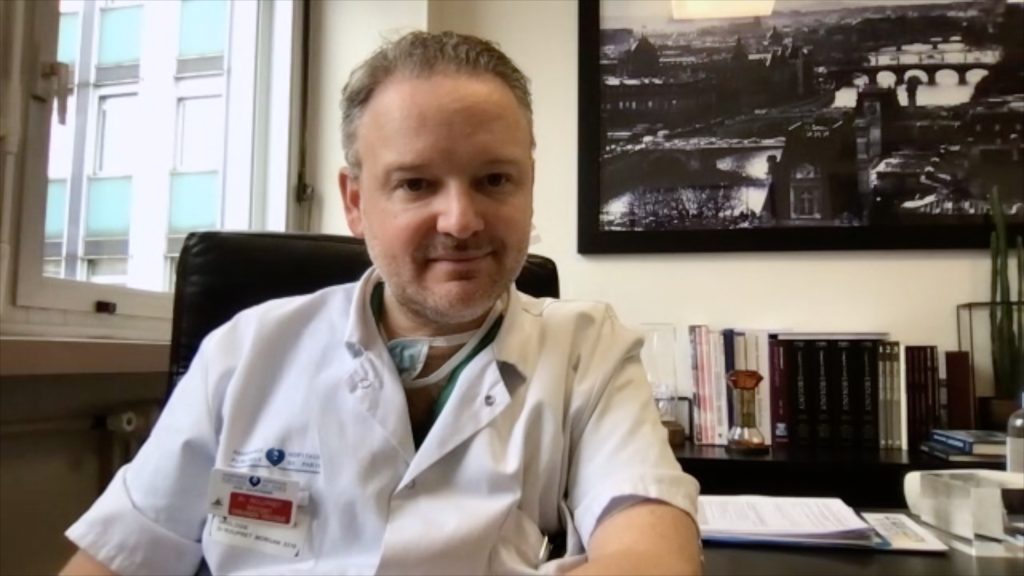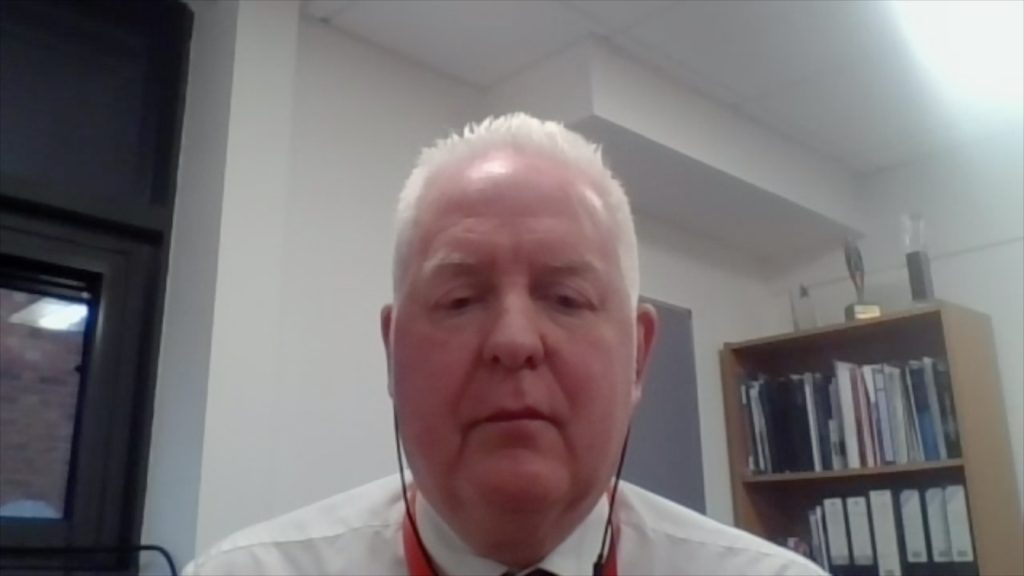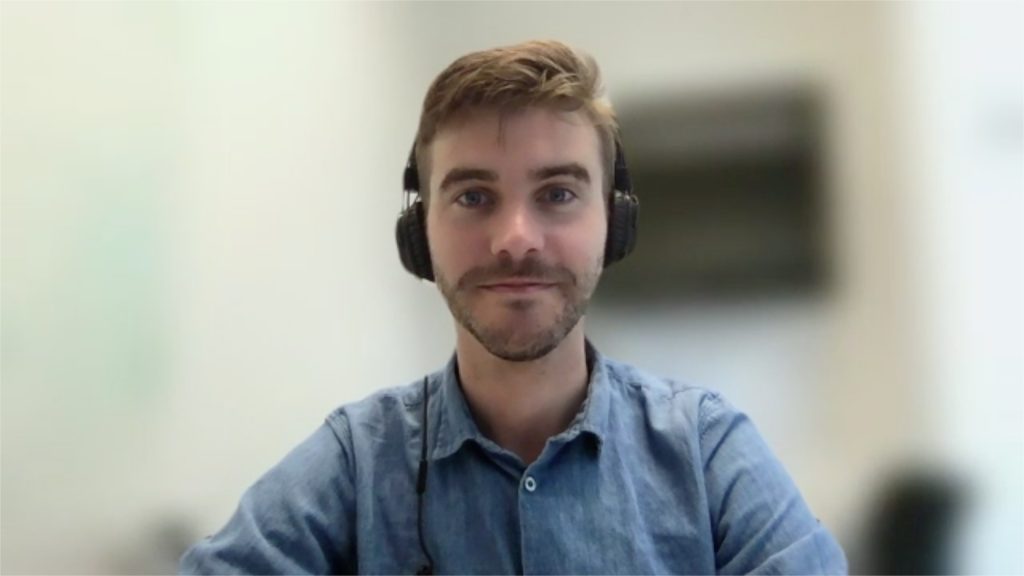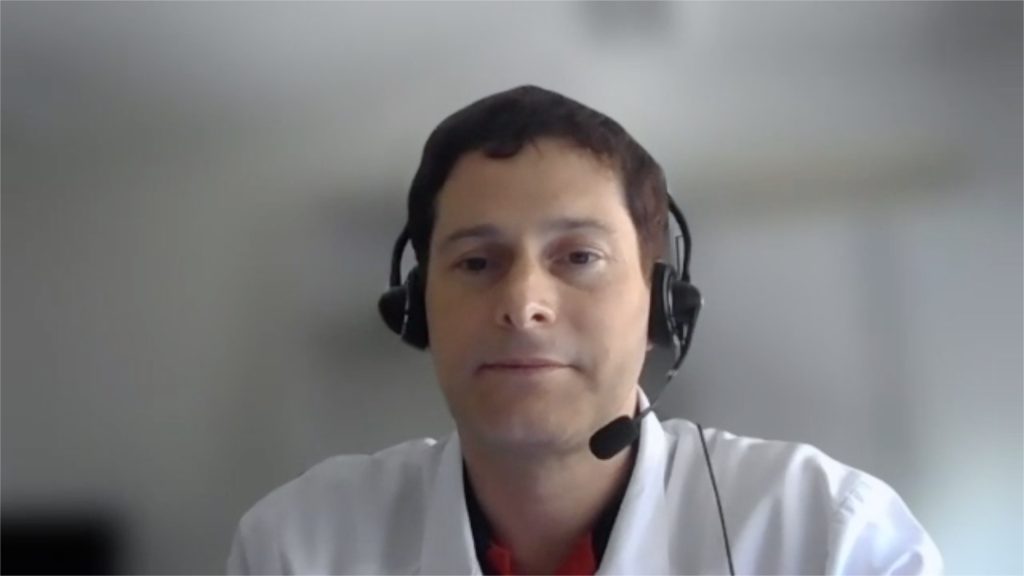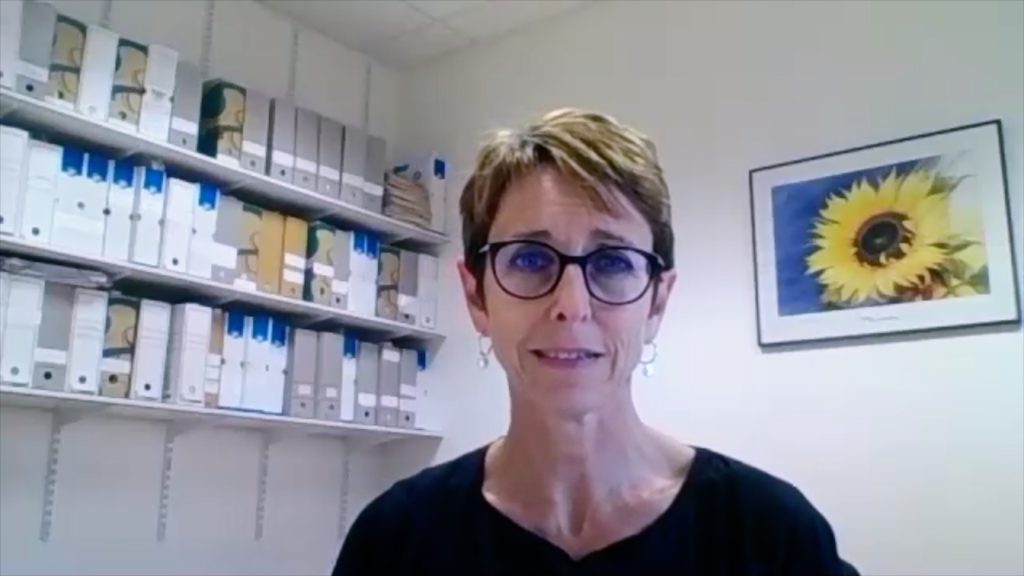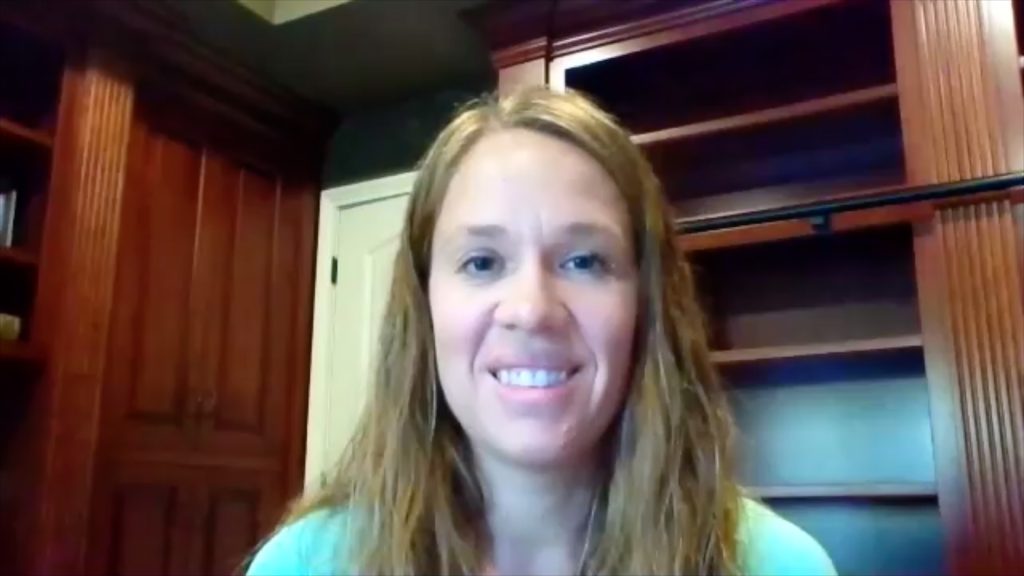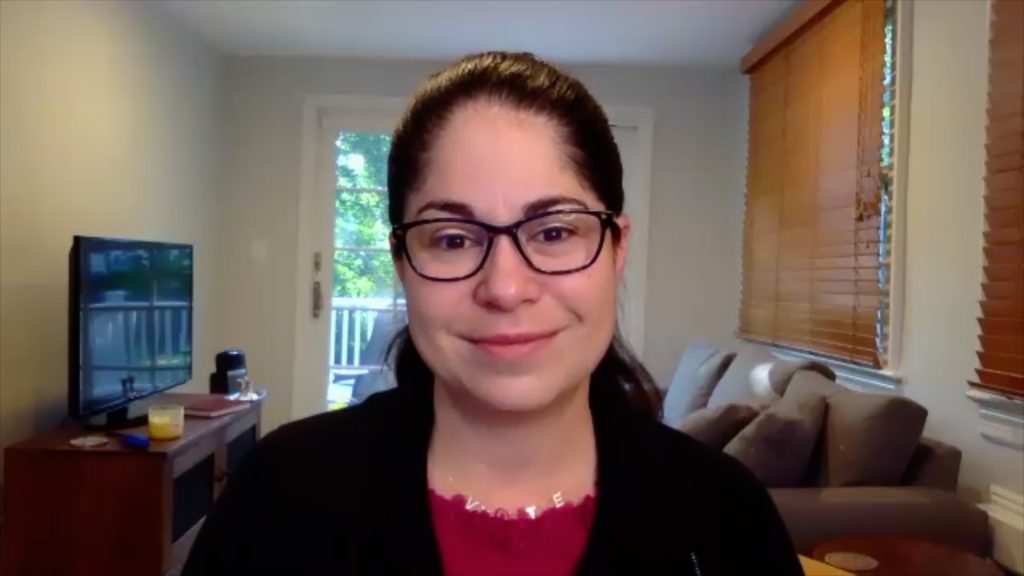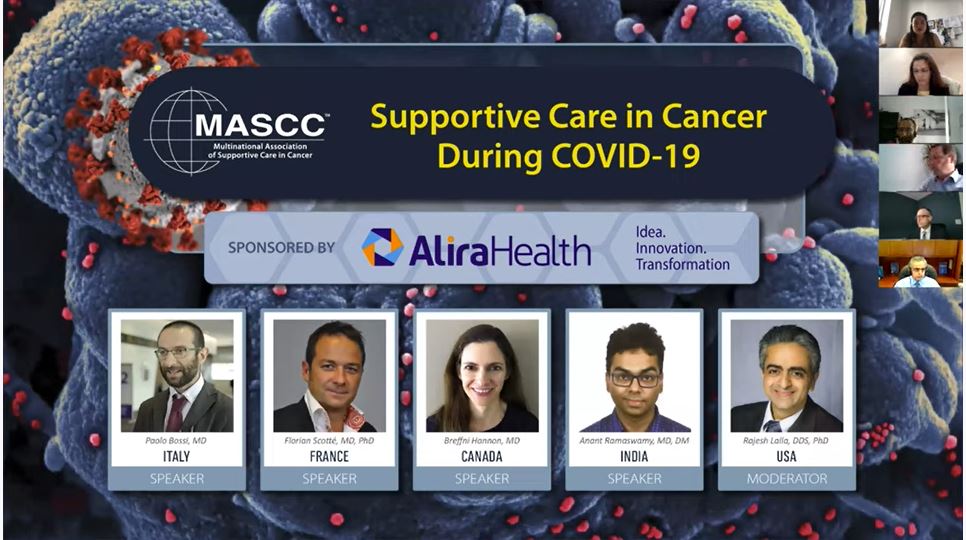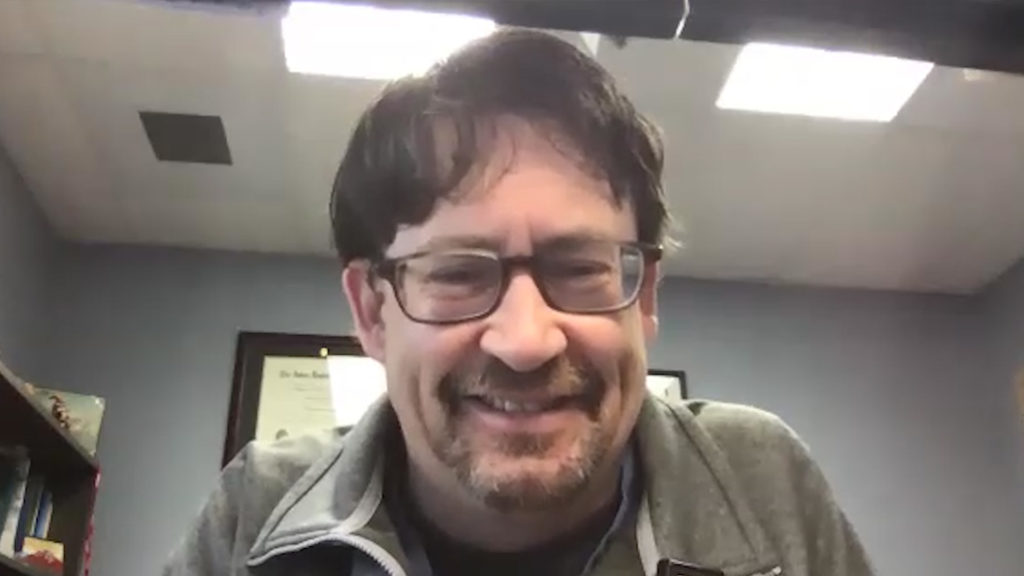Catherine M Kelly1 and Eleni Andreopoulou2
1. Consultant Medical Oncologist, UCD, Associate Clinical Professor, Mater Misericordiae University Hospital, Eccles St, Dublin 7, Ireland
2. Associate Professor of Clinical Medicine, Director of Breast Cancer Clinical Research, New York Presbyterian Hospital- Weill Cornell Medicine, Weill Cornell Breast Cancer Center, 420 East 70th Street, 2nd Floor, New York, NY 10021, USA
As medical oncologists, we spend our working lives talking to patients about the risk of their cancer returning, with and without treatment. We consider their age, comorbidities, toxicities of treatment, social circumstances, personal wishes and available health resources and we make decisions. For patients with metastatic disease we watch in awe as they live with cancer, and we agonise together over which treatments will slow their cancer most and impact on them least. This is what we do. Until now, we have never had to balance the benefits of cancer treatment against the risk of death during a severe acute respiratory syndrome coronavirus 2 (SARS-CoV-2) pandemic.
On 11 March 2020, the World Health Organization (WHO) declared that the novel beta coronavirus SARS-CoV-2 (COVID-19) had reached pandemic levels.1 Owing to their immunosuppressed state – as a result of malignancy and anticancer therapies – cancer patients fall into the group at highest risk of developing severe life-threatening infections. Many cancer patients are also aged over 65 years with other comorbidities that are additional poor prognostic factors. The limited data available indicate that patients with cancer and COVID-19 are at a much higher risk of rapid deterioration, admission to intensive care, invasive ventilation or death compared to those without cancer.2 Within the space of a few weeks, difficult multifaceted treatment decisions have become exponentially harder for some and infinitely more straightforward for others. This is the so-called ‘new reality’ for patients and doctors during COVID-19 and we must act fast to protect our patients.
At the time of writing (25 March 2020), there have been over 435,006 cases and almost 19,625 deaths recorded globally and these numbers are increasing day-by-day.3 It is difficult to watch the scenes that have been unfolding in northern Italy and comprehend the rapid loss of life that has occurred due to this deadly disease. We must do our utmost to learn from what is unfolding in front of our eyes and act quickly to prevent this happening elsewhere. The virus has rattled the world inexorably. The WHO guidance continues to emphasise that the virus can be slowed or even stopped depending on the actions we take now. Evidence from China, Singapore, South Korea, Japan and Hong Kong shows that this can be done through preparing and aggressively implementing rapid testing, contact tracing, and social distancing measures.4
Practical advice and things to consider in oncology
‘If you need to be right before you move you will never win, perfection is the enemy of the good when it comes to emergency management.’
Michael Ryan, Executive Director of WHO
Depending on the point on the outbreak curve, i.e. pre- or mid-surge, there are some simple common measures we can adopt to minimise spread of infection to our patients and healthcare providers. To keep it simple, when you treat patients with cancer there are three cohorts:
– Inpatients
– Outpatients in follow up
– Ambulatory patients attending for intravenous and oral therapies
Our objective is to treat those who need essential treatment so we do not compromise their cancer outcome and for everyone else consider ways to minimise their risks of infection by postponing or delaying their treatment.
In the absence of evidence, here are some simple considerations
Inpatients
Triage
– COVID-19 trumps everything, so any suspicion or symptoms that could indicate it should be triaged down the COVID pathway and should not be brought to the COVID-free environment such as the oncology ward.
– Manage admissions aggressively and before accepting an admission from another ward do a COVID test and only allow the patient in if the test is negative.
– Test staff regularly. Staff managing oncology patients should not cross-cover COVID-19-positive patients.
– Involve the cleaning staff in the COVID meeting hubs and ensure thorough training. Ensure intensive washing down of floors, surfaces, door handles, lift doors, etc. Cleaning staff are an essential part of the team and everyone needs to know it.
Minimise the number of patients and staff on the ward by
– Discharging anyone who can be managed in the community, for example, community palliative care should in almost all cases be able to manage cancer symptoms in the patient’s home.
– Restricting visitors to the ward as much as possible.
– Having essential staff on the ward only; assess patients when necessary and do all jobs on one visit; minimise or limit going back into a patient unless totally necessary; and
– Managing entrance and exit points to the ward and make sure the staff stay in their assigned area and do not leave for breaks.
Outpatients
Avoid bringing patients in follow-up and on no active therapy to the clinic
– Conduct virtual clinics via video conference, telephone, etc.
– Keep patients informed of the situation in the hospital so they understand why you are not seeing them in person.
– Use the conversation to reinforce public health messages regarding social distancing, hand hygiene and cough etiquette.
– New patients: not all new patients need to come in person to the oncology clinic. An example would be adjuvant breast patients who need endocrine therapy can be counselled over the telephone and faxed a prescription. Oral chemotherapy such as capecitabine may be considered for adjuvant colon patients to avoid admissions for portacath insertions, infusions and disconnections etc.
– For patients who need to be seen in person they need to be triaged before entry to the hospital and they should if possible come alone.
– Consider moving to a location away from the acute hospital
Day ward
Go through your day ward list and ask the following
– If a patient under normal circumstances asked ‘Can I have three weeks off to go on a vacation?’ if the answer would have been ‘yes’ then consider delaying this patient until after the infection surge at least.
– If you were considering giving some of your metastatic colorectal cancers a ‘chemo holiday’, now is the time to do it.
– If you were debating stopping immunotherapy after 2 years in metastatic melanoma patients, now is the time to do it. For the others make sure they are receiving it at longer intervals i.e. every 4 or 6 weeks.
– If you were considering switching your metastatic breast patient on chemotherapy to hormones, now is the time to do it.
– Would you be unduly worried if you had to discontinue weekly paclitaxel early in a patient receiving doxorubucin hydrochloride (Adriamycin) and cyclophosphamide, followed by paclitaxel (Taxol) (AC-T), for breast cancer if she developed peripheral neuropathy? If no then consider her age, comorbidities and likelihood of a negative outcome were she to develop COVID-19. Does the risk of COVID-19 outweigh the benefit of treatment, and if so can she stop?
Other considerations
– Switch all intravenous/subcutaneous bisphosphonates to oral bisphosphonates or postpone them
– Arrange for gonadotropin releasing hormone analogues to be given in the community or consider switching to 3 monthly injections
– Consider granulocyte-colony stimulating factor for all patients on regimens known to cause neutropenia
– Do not bring relatives to the day ward unless absolutely necessary and if so they need to be triaged also
– Dispense larger volumes of drugs – 3 months’ supply instead of 1 month
– Avoid unnecessary blood tests
– Postpone/stop echocardiograms in patients with metastatic breast cancer on anti- human epidermal growth factor receptor 2 therapies and consider a break for those with no evidence of disease
Clinical trials
– All monitoring visits should be performed remotely
– The data management team should work remotely too
– Most sponsors are allowing for pharmacies to dispense several months’ supply of oral agents
– Monitor patients remotely in virtual clinics
– Check with the sponsor if protocol-specified tests can be done in the community/local setting to avoid footfall in the acute hospital?
Humanity
It is a deeply challenging and emotional time on so many levels for health care professionals. A colleague commented recently that never had she ‘considered my own mortality more than over the last few weeks’. We have witnessed the unrelenting selfless dedication of healthcare workers all over the world fighting this pandemic. Indeed, the medical profession holds unwavering tightness to the Hippocratic oath. Together we will come through this difficult time and be stronger for it.
RESOURSES
As COVID-19 continues to spread, ASCO is committed to providing the most current information and resources to its members and the larger oncology community to help ensure that individuals with cancer receive high-quality care. ASCO has compiled a wide range of resources to support clinicians, the cancer care delivery team, and patients with cancer. This is a rapidly evolving situation and ASCO resources will be updated on a regular basis. For more information, please visit: https://www.asco.org/asco-coronavirus-information/care-individuals-cancer-during-covid-19
References
- World Health Organization. Available at: www.who.int/dg/speeches/detail/who-director-general-s-opening-remarks-at-the-media-briefing-on-covid-19—11-march-2020. (accessed 17 March 2020).
- Liang W, Guan W, Chen R, et al. Cancer patients in SARS-CoV-2 infection: A nationwide analysis in China. Lancet Oncol. 2020;21:335–7.
- Coronavirus COVID-19 Global Cases by the Center for Systems Science and Engineering. Available at: https://gisanddata.maps.arcgis.com/apps/opsdashboard/index.html#/bda7594740fd40299423467b48e9ecf6 (accessed 25 March 2020).
- Jing Yu, Wen Ouyang, Melvin L. K. Chua, Conghua Xie, SARS-CoV-2 Transmission in Patients With Cancer at a Tertiary Care Hospital in Wuhan, China. JAMA Oncology. 25 March 2020. Available at: https://jamanetwork.com/journals/jamaoncology/fullarticle/2763673 (Accessed: 28 March 2020)
Support: Developed and funded by Touch Medical Media
Published: 30 March 2020


